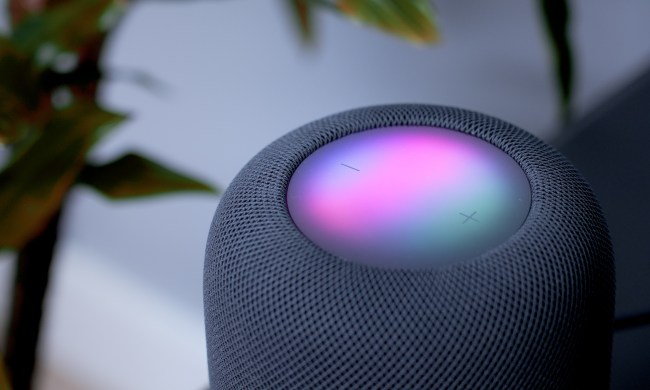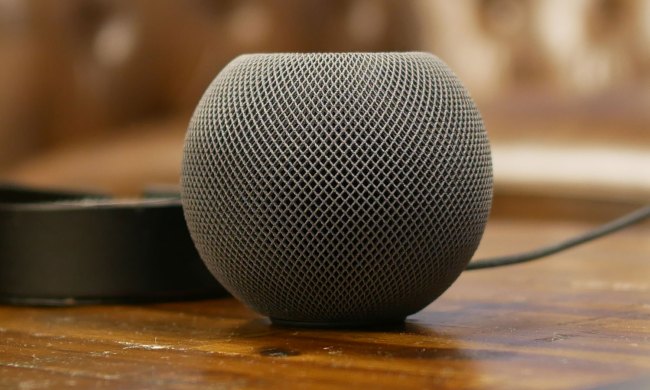I’ve never cared much for my home theater setup. In fact, I own a six-year-old LG LED television paired with a soundbar. And if that sounds bad, just know that it’s a 3D TV too. That’s all there is to it. Despite the boring and questionable arrangement, I do enjoy watching a good flick with the volume at nearly full blast, which is my vain attempt at reliving the theater experience at home.
It’s honestly mind-boggling to fathom how I’ve tolerated such a setup for so long. And I never imagined that I could improve it by adding the HomePod mini into the mix. But you know what? Not only is it now part of my home theater setup, but it’s replaced my soundbar for those movie-watching sessions. I never intended for this to happen, but after experiencing the HomePod mini work its magic, I’m convinced it’s a solution for those looking to elevate their audio experience.
How to connect HomePod mini to Apple TV
In order for this to happen, you’ll need a couple of things. First is an Apple TV because the HomePod mini doesn’t have an auxiliary input jack to accept audio from other sources. The Apple TV is necessary to send and sync audio to the speakers.

Secondly, you’ll need two HomePod minis to complete the stereo setup for left and right channels. When you set up the second HomePod mini, you’ll be given the option to pair it with the first one for stereo output.
You’re then good to go. Just select the HomePod mini group as your audio output. You can do this by pressing the AirPlay button on the Apple TV remote, then choosing the HomePod mini group.
The magic of computational audio
I’ll be frank: There are bigger, better, and more powerful speakers than the HomePod mini. I’m even inclined to say that the Google Nest Audio delivers a stronger, more resounding performance when it comes to music listening. But the HomePod mini has a trick up its sleeve called computational audio, which optimizes and enhances whatever’s being played on the speaker with the help of the Apple S5 chip.
As Apple’s executives would be inclined to say, it works like magic! No matter what you’re watching, computational audio does this thing where it prioritizes the dialogue. With my soundbar, the dialogue during action sequences becomes incoherent because it’s competing against the film’s score and sound effects. You’ve probably experienced this when explosions overwhelm the dialogue. Even though it doesn’t negatively affect the experience per se, it’s still nice to actually be able to comprehend what people are saying.

That’s why I was astounded by the HomePod mini’s adaptability in such instances. Regardless of what’s happening, the dialogue was never overwhelmed. From what I experienced, both the score and sound effects are toned down a smidgen, paving the way for clear dialogue. Don’t get me wrong, I enjoy those cinematic moments when the score’s playing and the sound effects are reaching a peak during climatic moments — but not at the dialogue’s expense. If you watch a lot of movie trailers, you’ll be able to easily distinguish computational audio’s prowess in quickly adapting.
Two are better than one
I rarely ever recommend buying two of the same product, but this is one of those rare exceptions. The price of two HomePod minis is still less than the cost of just a single HomePod. It’s a blessing in disguise given the biggest hurdle of the original HomePod was its bloated $349 initial cost. Even at $200 for two HomePod minis, it gives many soundbars a good run for their money — I mean, mine has been replaced by them!
Now, I’m not saying this is the ultimate home theater experience, given that you’re only going to be exposed to stereo sound. It’s not a true surround sound experience, but if you’re not too particular about 360-degree immersion with your audio and still want something better than your TV’s built-in speakers, this is a practical solution I don’t think you’ll regret. Plus, it’s a smart speaker, which gives it an edge over most soundbars.


